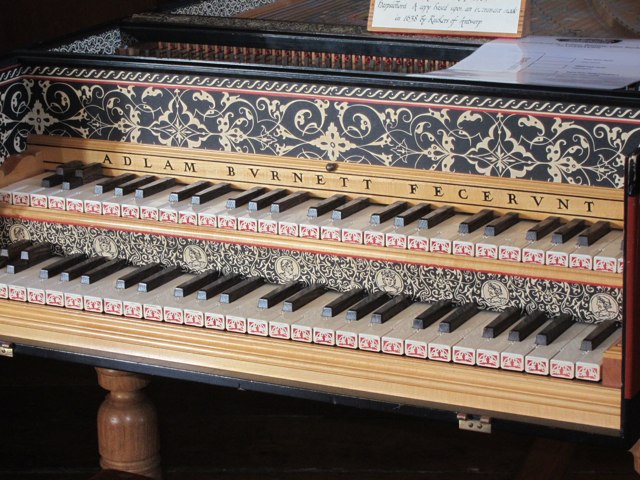Although I was at school last week, tomorrow is the first day for students and I'm very excited. I've changed a few of my approaches to teaching and can't to get started. I think other teachers may be interested, so I'll outline a few of this year's innovations:
1 Organizing resources with Evernote. As I've been reporting in my '
Inquiry with Evernote' posts at
Inquire Within, I have a few hundred photos, articles, videos, websites, etc tagged according to theme, concepts, and disciplines. The result is a cache of resources that can be called upon in various ways and is meant to provide provocation and support for inquiry-based learning and teaching.
2 Using the
class blog as a learning hub. This year, our blog will be central to learning, connecting, and collaborating. With that in mind, I've already prepared posts in draft form ready to be published when the time comes. For example, in our first unit, we'll view two videos and read a magazine article. We'll discuss them in class, but respond on the class blog. I've embedded the videos and link to the article in posts so that they can be reviewed before students respond by writing comments.
We'll be inviting other classes inquiring into similar themes or topics to respond, as well, by searching their blogs for related posts on which to comment and using twitter to raise awareness.




